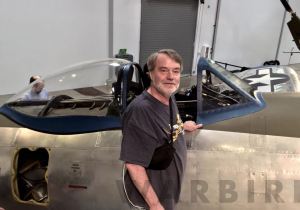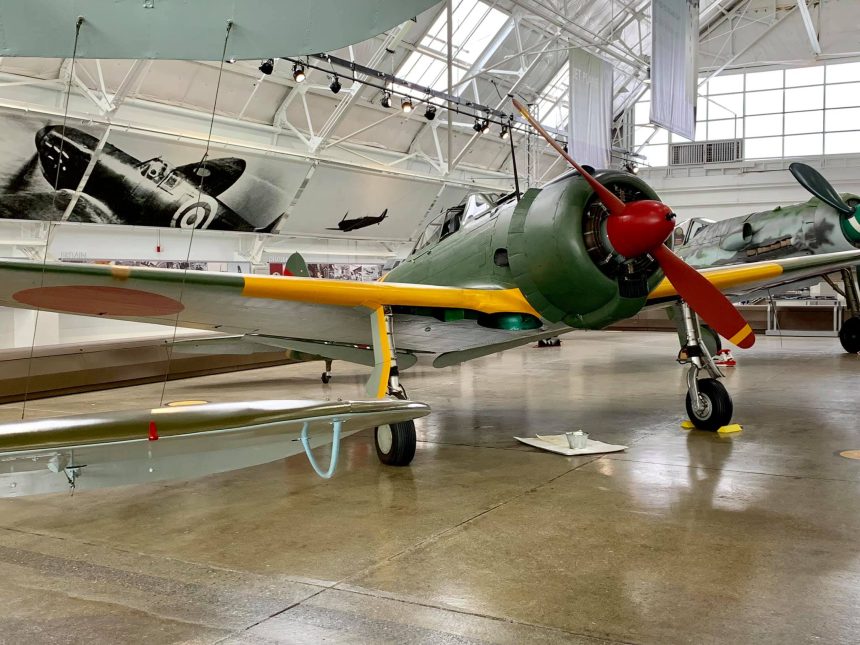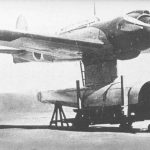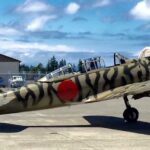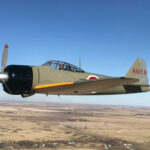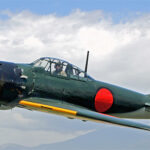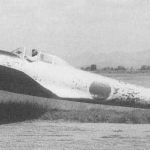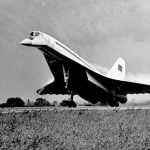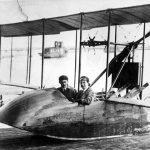By Randy Malmstrom
Since his childhood, Randy Malmstrom has had a passion for aviation history and historic military aircraft in particular. He has a particular penchant for documenting specific airframes with a highly detailed series of walk-around images and an in-depth exploration of their history, which have proved to be popular with many of those who have seen them, and we thought our readers would be equally fascinated too. This installment of Randy’s Warbird Profiles takes a look at the Flying Heritage & Combat Armor Museum’s Nakajima Ki-43 Hayabusa.
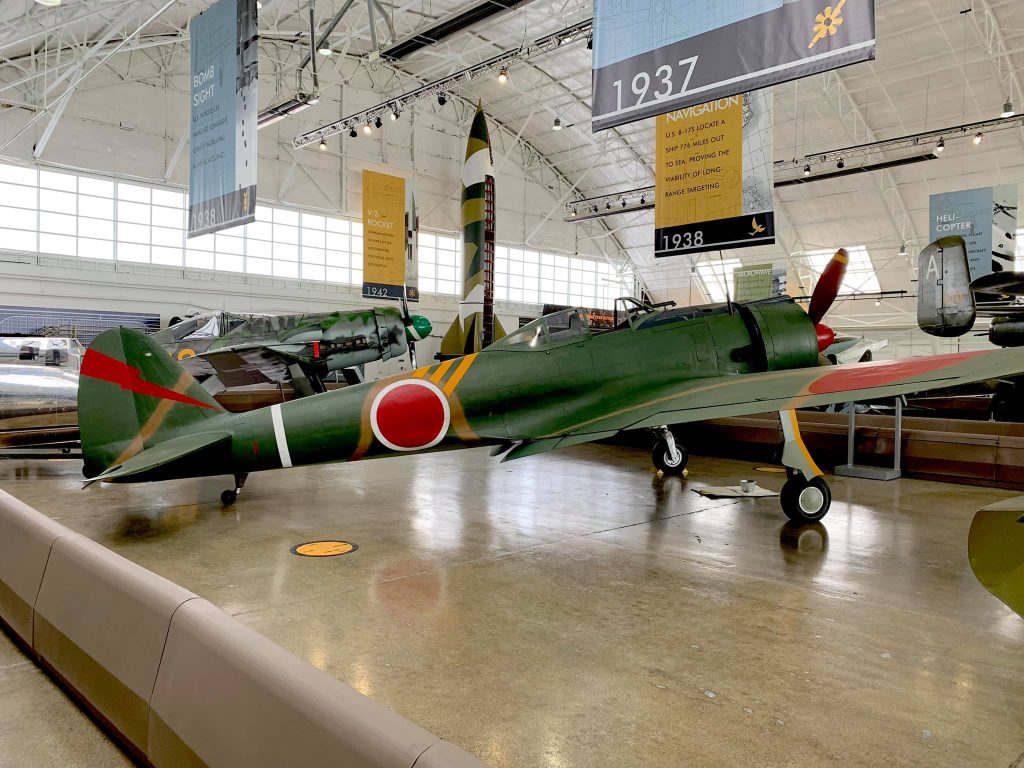
Nakajima Ki-43-Ib Hayabusa (はやぶさ, Peregrine Falcon), Army Type 1 Fighter, Allied reporting name “Oscar,” uncoded serial number 650, N750N. Design of the aircraft type was led by Nakajima Hikoki K.K. chief designer Yasumi Koyama and Prof. Hideo Itokawa (who, incidentally, was later opposed to the “Special Attack” or Kamikaze program, but rather, he proposed a version of the German Fieseler Fi-103 or V-1— not the manned Okha). By 1927, both the Imperial Japanese Navy and then by 1932 the Army had established aircraft designation systems not unlike the 1922 U.S. Navy system, employing English language letters and Arabic and Roman numerals. And in this case, for Army aircraft, the Kitai system or “Ki” is the abbreviation for 機体 meaning kitai or airframe, followed by the airframe project number.
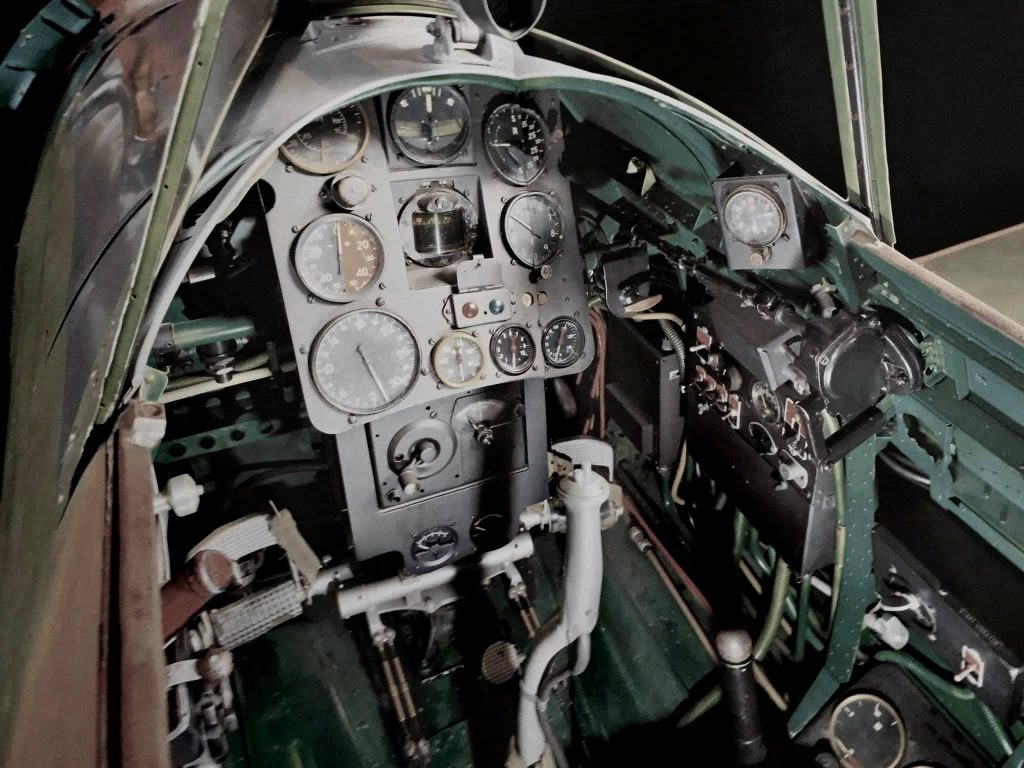
The Hayabusa was an all-metal construction except for fabric control surfaces. Its original design did not provide for pilot armor or self-sealing fuel tanks (later variants provided for both to some extent). It is powered by a Nakajima Ha-25 14-cylinder radial engine (later variants were fitted with the more powerful engines) with an annular air cooler located in front of the engine (this was later replaced by a honeycomb unit under the cowling). The original, fixed-pitch wooden propeller was quickly changed to a variable-pitch metal propeller.
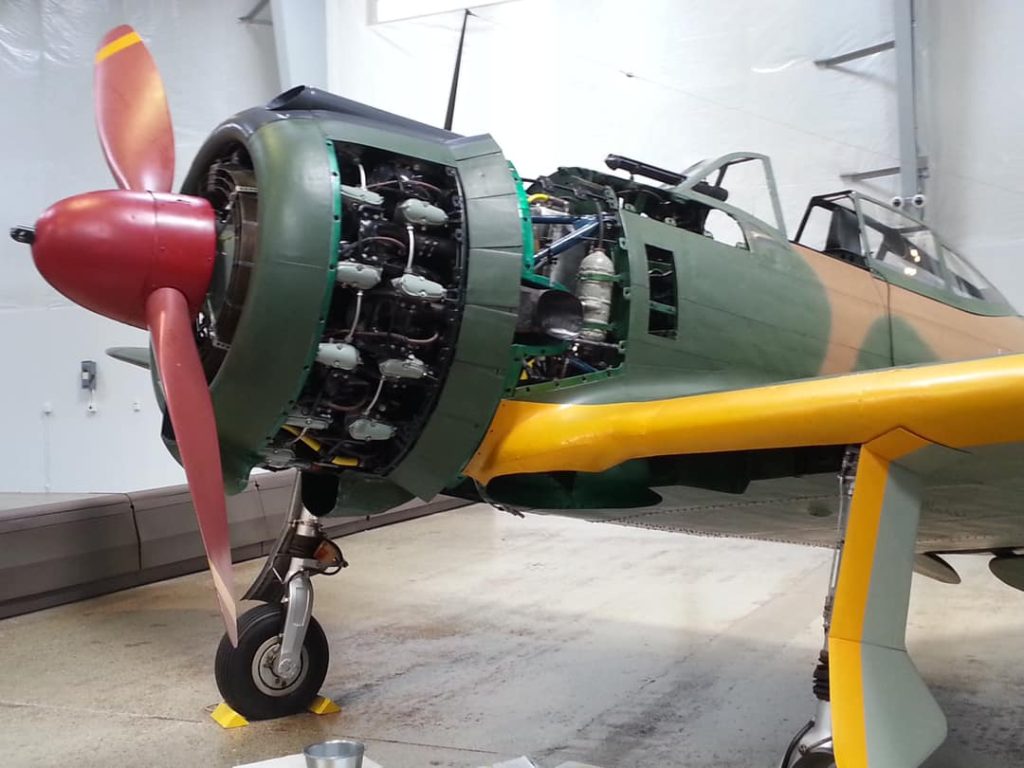
The Ib was armed with a 7.7mm Type 91 machine gun and a 12.7mm Ho-103 heavy machine gun (similar to the Browning .50 cal), both fitted to the top of the cowling and fired through the propeller. It is my understanding that the Ho-103’s slower rate of fire and tendency to jam led some pilots to replace it with a second Type 91 in the field. It could carry two 33 kg bombs. To further the lightness and agility of the aircraft by omitting a battery and engine starter, it was fitted with a Hucks Starter hub or dog in the nose; it also had “combat” or “butterfly” flaps on the wings’ inner trailing edges that added wing surface for improved maneuverability.
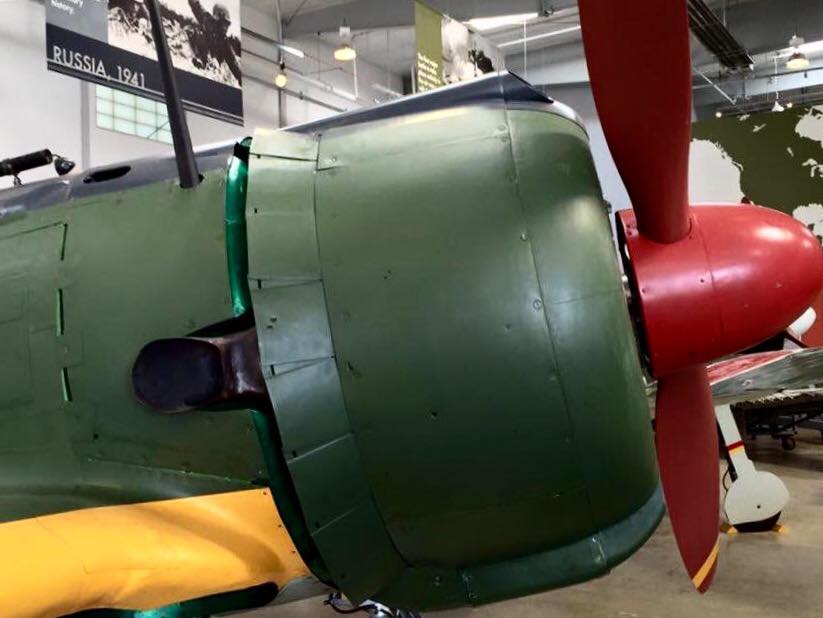
This is particular aircraft is Hayabusa #750 (the 750th aircraft produced) and was built in November 1942 by Nakajima Hikoki Kabushiki Kaisha (or K.K. for short, a Japan stock company) at 太田市 (Ōta, in Gunma Prefecture, northwest of Tokyo) and was shipped as part of the Imperial Japanese Army Air Service’s 11th Sentai (第十一飛行戦隊) to Truk Lagoon and then ferried to Vunakanau Airfield near Rabaul (which, until its capture by Japanese forces on January 23, 1942, had been the capital of the Australian Mandated Territory of New Guinea).
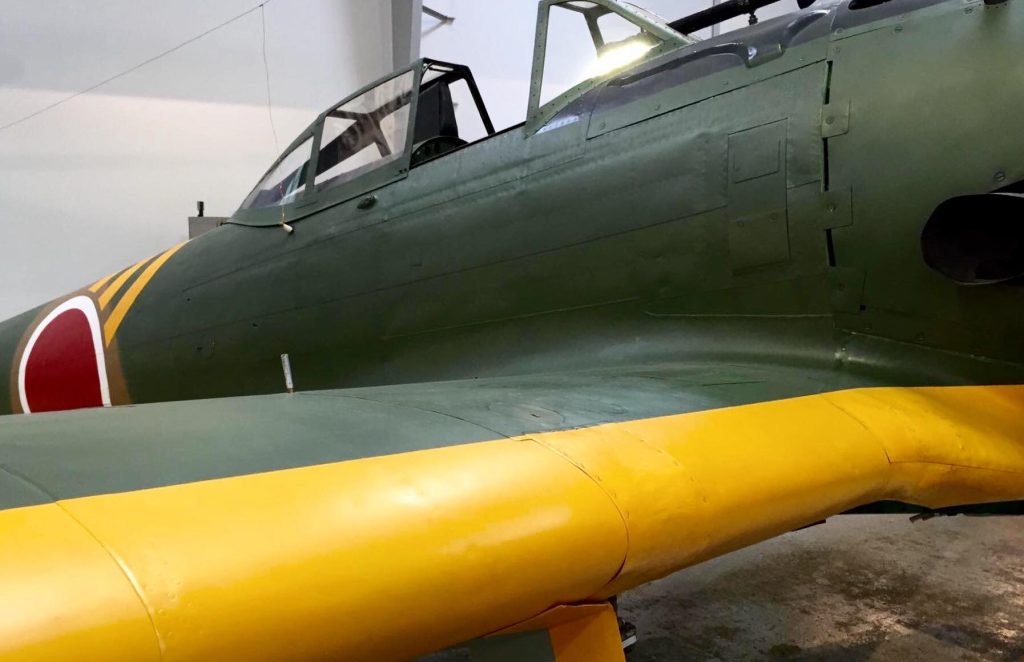
In 1945, it was damaged on landing and a crew from the Japanese 14th Army Repair Depot repaired it and hid it in the jungle four miles from Vunakanau Airfield. At the end of World War II, Royal Australian Air Force personnel heard about the aircraft and Japanese prisoners assisted in locating and photographing it. In December 1945, it was crated and sent to Australia and eventually went into storage at the Australian War Memorial Museum in 1949.
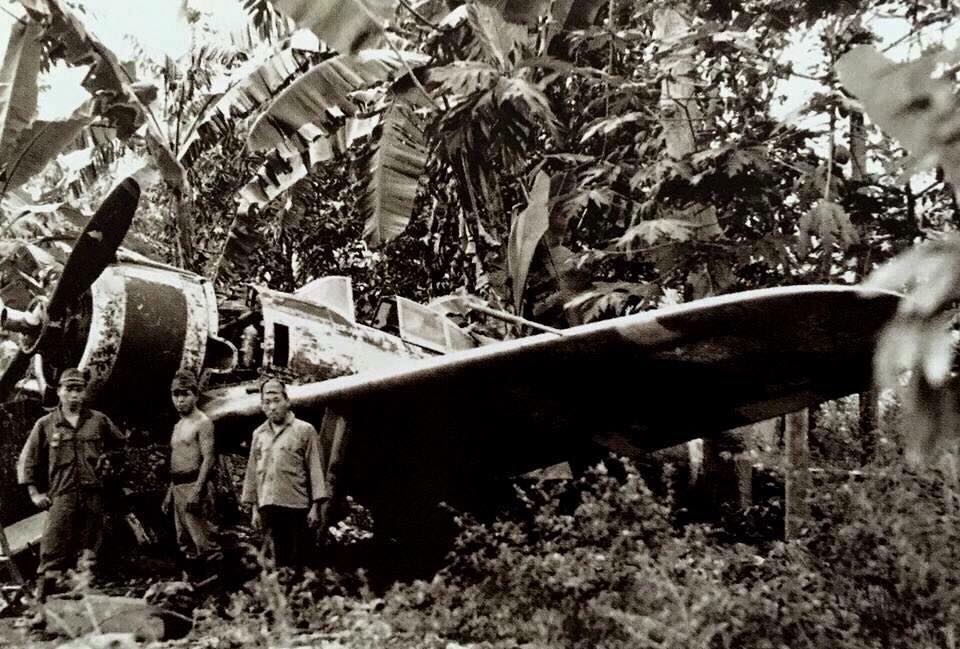
In 1953, it was sold to R. G. “Bob” Curtis of Sydney. In 1962, it was sold to aircraft collector Sid Marshall where he stored it at Bankstown Airport, New South Wales. From 1980 to 1985, it was owned by Sid Marshall’s business partner Jack Davidson at The Oaks Airfield, New South Wales, who sold it to aircraft collector Col Pay of Scone, NSW, who began restoration work.
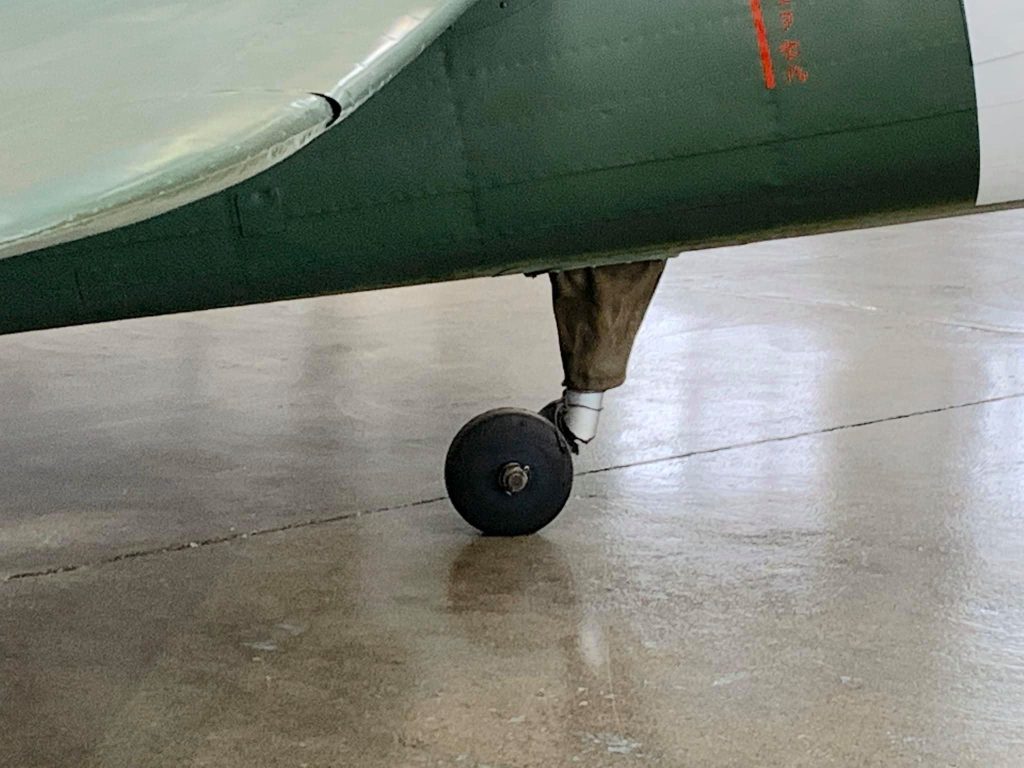
In 1993, the rare aircraft was purchased by the Alpine Fighter Collection in New Zealand and completely restored by Jan Bullock and Doug James to its original colour scheme and markings. And as regards to the paint scheme, when Japanese veteran pilots and ground crew visited this aircraft in New Zealand, they noted that the chevrons should be yellow (the restorers were making them white based on B&W photos), so this was corrected.
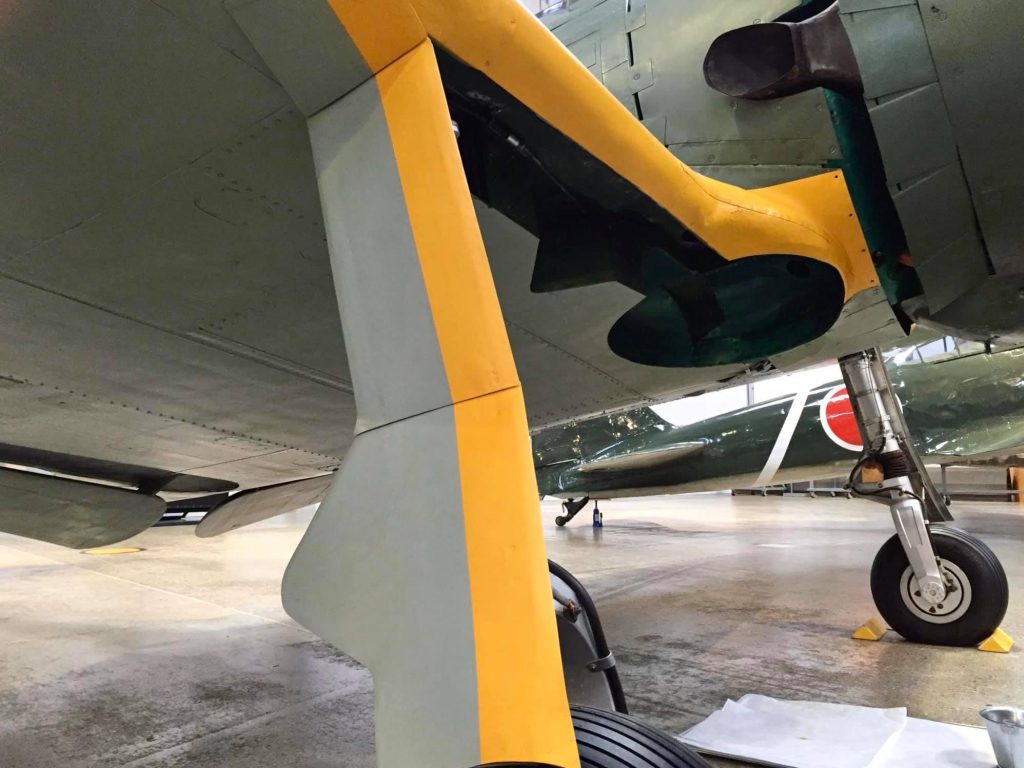
In 1999, it was purchased by Paul Allen or an entity of his called Vulcan Warbirds Inc. (a corporation incorporated by Paul Allen in 2004) to ultimately become part of the collection at Flying Heritage & Combat Armor Museum (FHCAM) on Paine Field in Everett, Washington. Following the acquisition of all of FHCAM by Walmart heir Steuart Walton’s Wartime History Museum Inc., the registry was moved to that company.
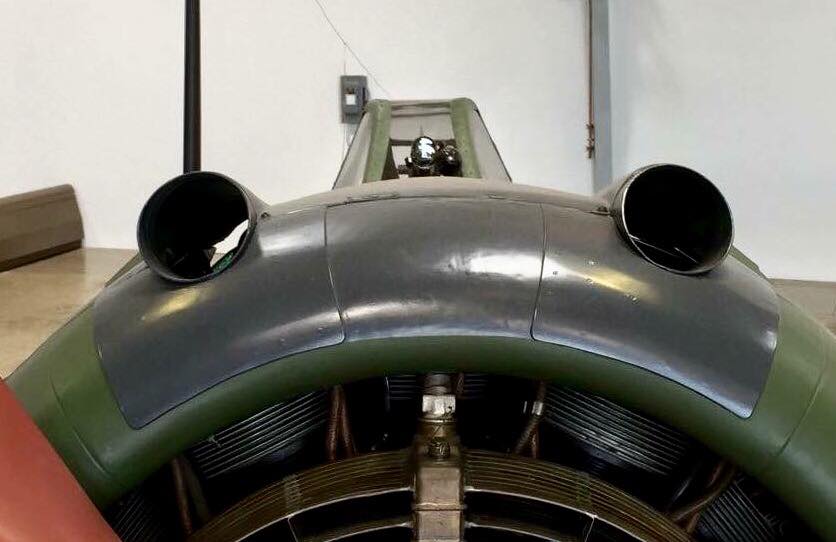
This is the only surviving Type Ib and has its Nakajima engine, and it is commonly stated that it will not be flown to due its rarity. It did fly at Warbirds over Wanaka airshow in New Zealand at Easter 1996 and I post the YouTube clip here as well:
About the author
